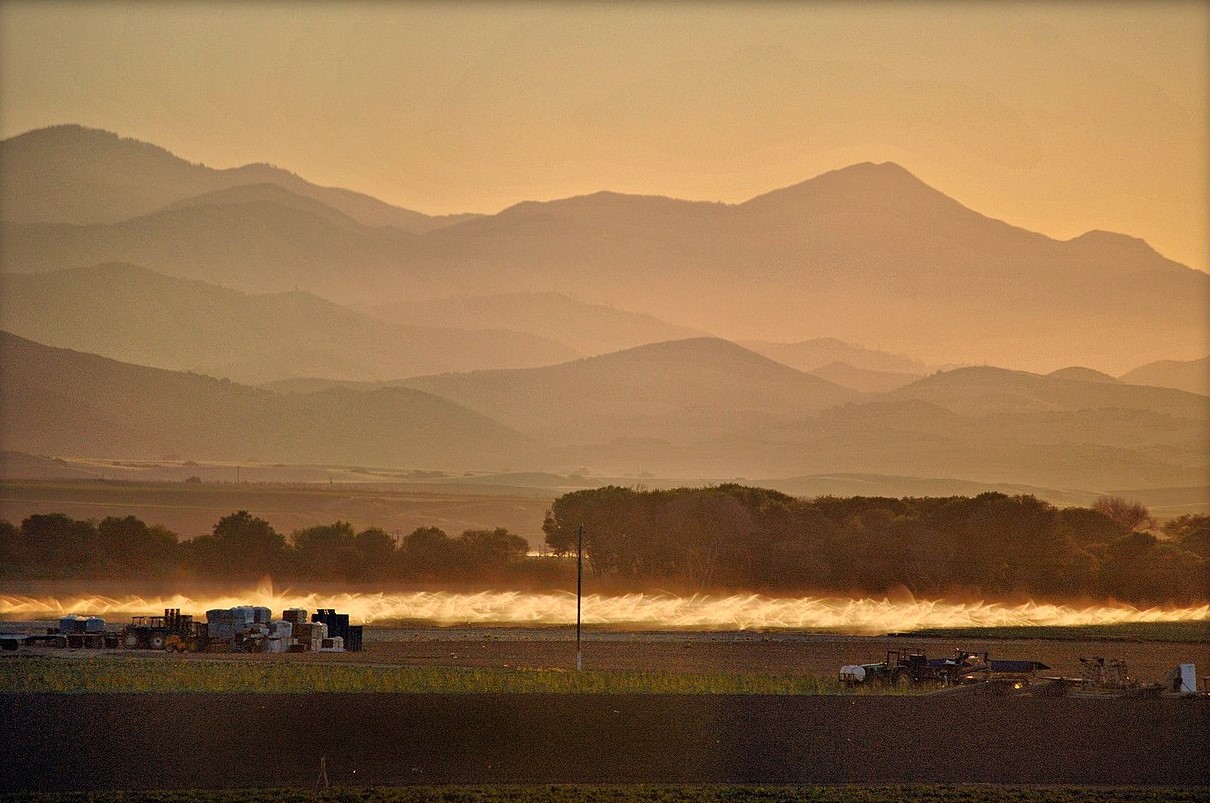Image credit: Loco Steve.
It took me many years of writing to begin to find my voice as a writer. I studied other writers I loved. I sometimes tried to mimick their voices, but that gradually evolved into me writing in my own. And I’m not sure I could even tell you what that means—“my voice.” But there are writers whose writing I would know by their voices—something special about their style, their syntax, or their word choices that would give them away. I hope to have that strong a voice in time, but I know it takes a very long time and lots of practice to get there.
One of the things I’ve noticed in my still-developing voice is a sense of place. Place is important to my writing, and not only cities and other places humans have built, but the soil, the geology, the topography, and the history of a place.
I think it starts by noticing and observing place, and I think it continues by reading good writing that centers place. From there, we begin to write about place from our own perspectives, idealogies, values, and experiences.
I learned to write about place by reading established authors who write about place and who do it well. My most influential mentor in that regard was John Steinbeck. Steinbeck passed away when I was eight years old, but by reading his work and the things he has written about writing and said about writing, I continue to learn from him nearly half a century later. In his stories, Steinbeck clearly sees the place in which the story is set as being as important a character as any one of the people.
Cannery Row (1945) is one of my favorite examples. Not only is the book named after the place in which it is set, it opens with a description of that place:
“Cannery Row in Monterey in California is a poem, a stink, a grating noise, a quality of light, a tone, a habit, a nostalgia, a dream. Cannery Row is the gathered and scattered, tin and iron and rust and splintered wood, chipped pavement and weedy lots and junk heaps, sardine canneries of corrugated iron, honky tonks, restaurants and whore houses, and little crowded groceries, and laboratories and flophouses. Its inhabitant are, as the man once said, ‘whores, pimps, gambler and sons of bitches,’ by which he meant Everybody. Had the man looked through another peephole he might have said, ‘Saints and angels and martyrs and holymen’ and he would have meant the same thing.”
The title of East of Eden (1952), too, references the location of the story and opens with a lengthy description of the place in which the story is set. I’ll share a bit of it here, but you can read a longer Excerpt from East of Eden at the publisher’s website.
“The Salinas Valley is in Northern California. It is a long narrow swale between two ranges of mountains, and the Salinas River winds and twists up the center until it falls at last into Monterey Bay. … I remember that the Gabilan Mountains to the east of the valley were light gay mountains full of sun and loveliness and a kind of invitation, so that you wanted to climb into their warm foothills almost as you want to climb into the lap of a beloved mother. They were beckoning mountains with a brown grass love. The Santa Lucias stood up against the sky to the west and kept the valley from the open sea, and they were dark and brooding—unfriendly and dangerous. I always found in myself a dread of west and a love of east.”
The first line of Of Mice and Men (1937) is, “A few miles south of Soledad, the Salinas River drops in close to the hillside bank and runs deep and green.” Tortilla Flat (1935) was the book that made Steinbeck widely known. It is named after a place, and by page 2, he is describing the book’s setting: “Monterey sits on the slope of a hill, with a blue bay below it and with a forest of tall dark pine trees at its back.”
Steinbeck published his first novel in 1929, but he did not achieve critical success until 1935—during those intervening years, he was sharpening his voice. As you can see, in the books that follow Tortilla Flat, he centers place even more prominently, as his voice continued to develop. It’s no mistake that the two long passages above came from later novels. Our voices develop all our writing lives, I think.
Steinbeck puts the settings of his books front and center in his writing, and he writes about them in a way that pulls the reader into that place. Seeing place in that way—as a character in its own right—has significantly influenced my own writing and the way I look at the world around me.
I grew up in the same places Steinbeck grew up in and later wrote about. I was born in the town where East of Eden takes place, as were two of my children. I played with my siblings and cousins on the riverbank made famous in Of Mice and Men. My grandfather farmed in the Salinas Valley. I read the novellas The Pearl (1947) and The Red Pony (1933) in junior high. I went to North Salinas High School and cheered for the Vikings. Steinbeck went to our rival, Salinas High School, and would have cheered for the Cowboys. As a young woman, I spent a lot of time hanging out with friends in the place Steinbeck made famous in Cannery Row. Cannery Row is still one of my favorite places to visit—I’m going there for summer vacation in August.
John Steinbeck’s work not only represents a massive contribution to California and United States literature, it is an important filter through which I see the history of the county in which I was born and spent much of my youth. It is a filter through which I see my own life in many ways. But my voice is not Steinbeck’s voice, nor should it be. As writers, we each bring unique experiences to that intangible thing that becomes our voice. And Steinbeck and I are writing nearly 100 years apart—that in and of itself influences some of the differences in our styles and how we approach describing a place.
If you enjoy writing about place, consider finding a writing mentor of your own. Who has written about the places you’ve lived and loved? Who have you read who is a master at writing evocatively about a place? Keep in mind that, although the writing may influence or inspire your own, the goal is to capture a sense of place in your own unique way.

